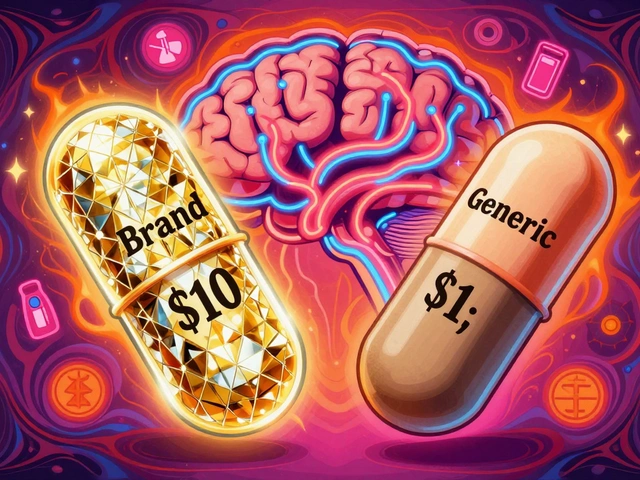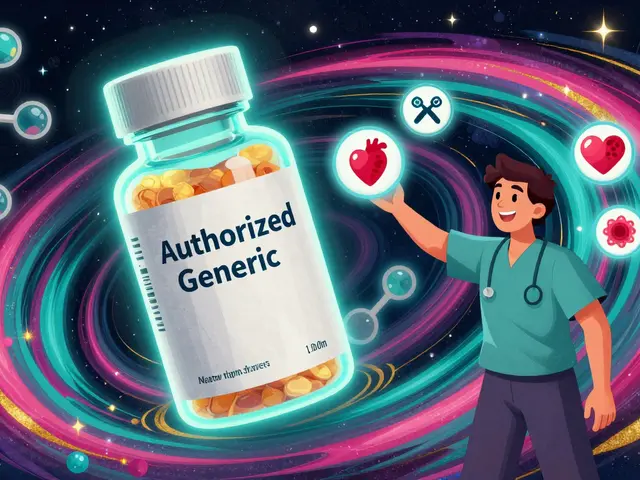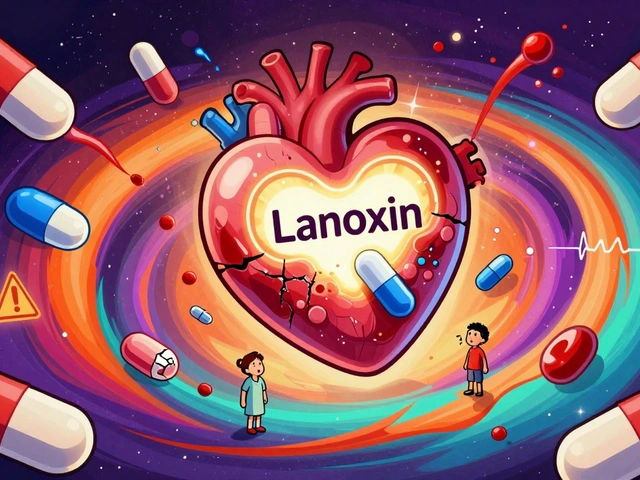Cholesterol management: easy steps that actually work
High cholesterol doesn’t show symptoms, but it raises your chance of heart problems. The good news: small, consistent changes—what you eat, how you move, and smart use of medicines—make a big difference. This page gives clear, usable steps so you know what to try at home and when to see a doctor.
Diet & daily habits that move the needle
If you want the fastest wins, start with food. Swap out trans fats and cut back on saturated fats (think fried foods, fatty cuts of meat). Add soluble fiber—oats, beans, apples—and aim for a handful of nuts several times a week. Fatty fish like salmon or mackerel twice weekly gives you omega-3s, which help overall heart health.
Plant sterols and stanols (found in fortified spreads and some supplements) can lower LDL when used daily. Keep portion sizes sensible—losing even 5% of body weight improves cholesterol for many people. And yes, quit smoking and limit alcohol: both affect your cholesterol profile and overall risk.
Movement matters. Try brisk walking, cycling, or swimming 30 minutes most days. Strength training twice a week helps too. Exercise raises HDL (the “good” cholesterol) and improves how your body uses fats.
When to consider medication and what to watch for
Not everyone needs a drug, but if lifestyle change isn’t enough or your risk is high, medications help. Statins like simvastatin (Zocor) and rosuvastatin are the most common. They lower LDL and reduce heart risk. If a statin isn’t right or isn’t enough, doctors may add ezetimibe or newer options like PCSK9 inhibitors.
Be aware of side effects and interactions. Muscle pain or unexplained weakness should be checked. Certain foods and meds interact with statins—grapefruit, some antibiotics, and specific antifungals can raise statin levels. Your doctor will usually ask for a baseline blood test, then check liver enzymes and a lipid panel after a few weeks to see how the drug is working.
Supplements can help but aren’t a replacement for medicine when you need it. Fish oil, soluble fiber, and plant sterols have roles; niacin can raise HDL but has downsides and should only be used under medical advice. Always tell your clinician about every supplement you take.
Track your numbers. Get a fasting lipid panel as your clinician recommends—commonly every 3–12 months when starting or changing treatment, then less often once stable. Use those results to guide how aggressive your plan should be.
Want practical next steps? Start by swapping one food (e.g., choose oats for breakfast instead of sugary cereal), add one extra 20–30 minute walk each week, and book a blood test if you haven’t had one in over a year. If you're on meds or thinking about them, save a list of all your drugs and supplements before your appointment. That small prep makes every visit more productive.
High Cholesterol: What You Need to Know About Hypercholesterolemia
High cholesterol is a silent threat that leads to heart disease and stroke. Learn what causes it, how to test for it, and the most effective ways to lower it-whether it's genetic or lifestyle-related.
Gemfibrozil's Role in Managing Cholesterol in Thyroid Disorders
Gemfibrozil, a lipid-regulating medication, offers significant potential in managing cholesterol levels in patients with thyroid disorders. By understanding how thyroid function impacts lipid metabolism, healthcare professionals can tailor treatments for better patient outcomes. Gemfibrozil can be especially effective due to its ability to lower triglycerides and raise HDL cholesterol. Proper use and awareness of possible drug interactions can maximize its benefits while minimizing risks.






